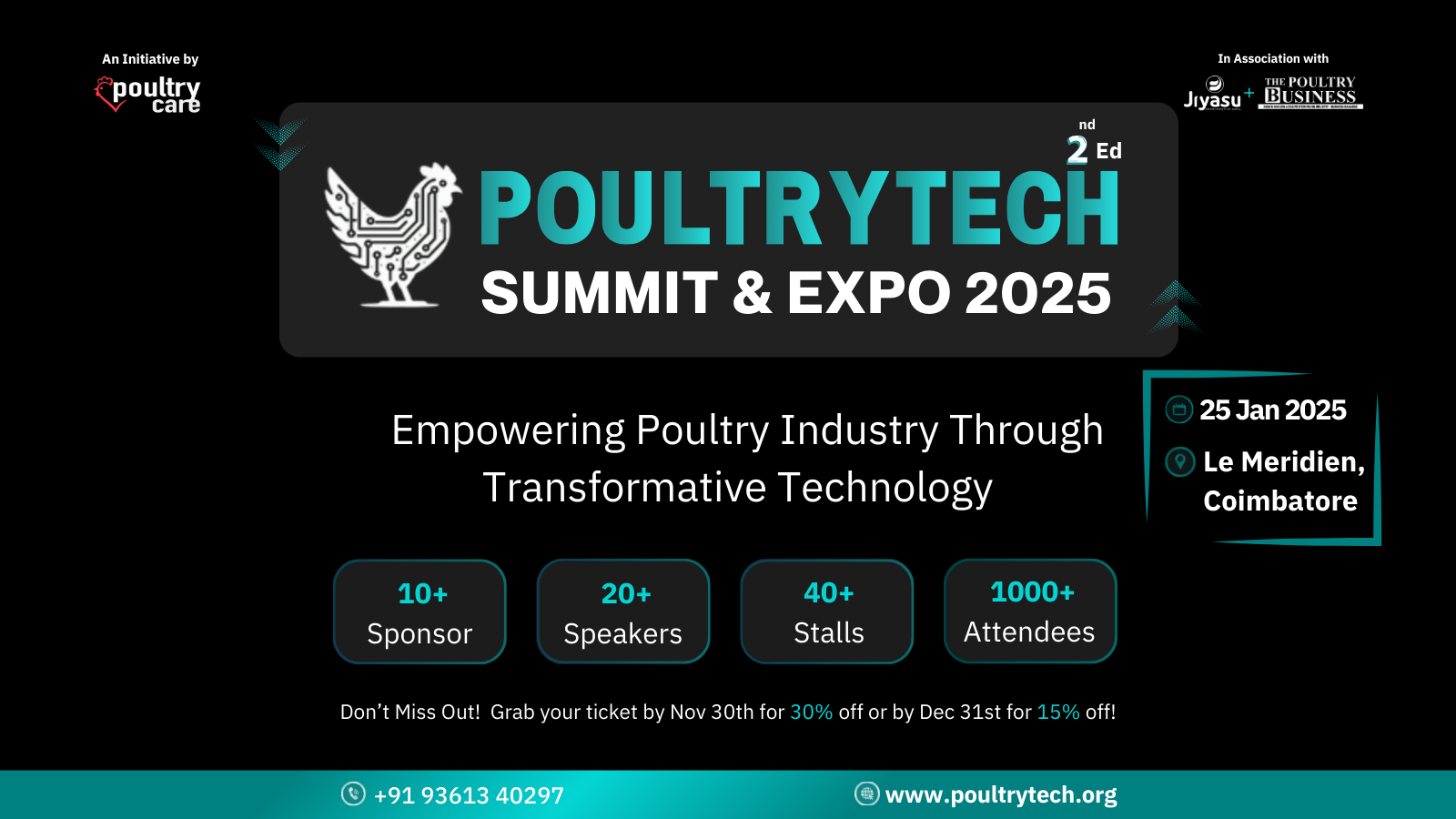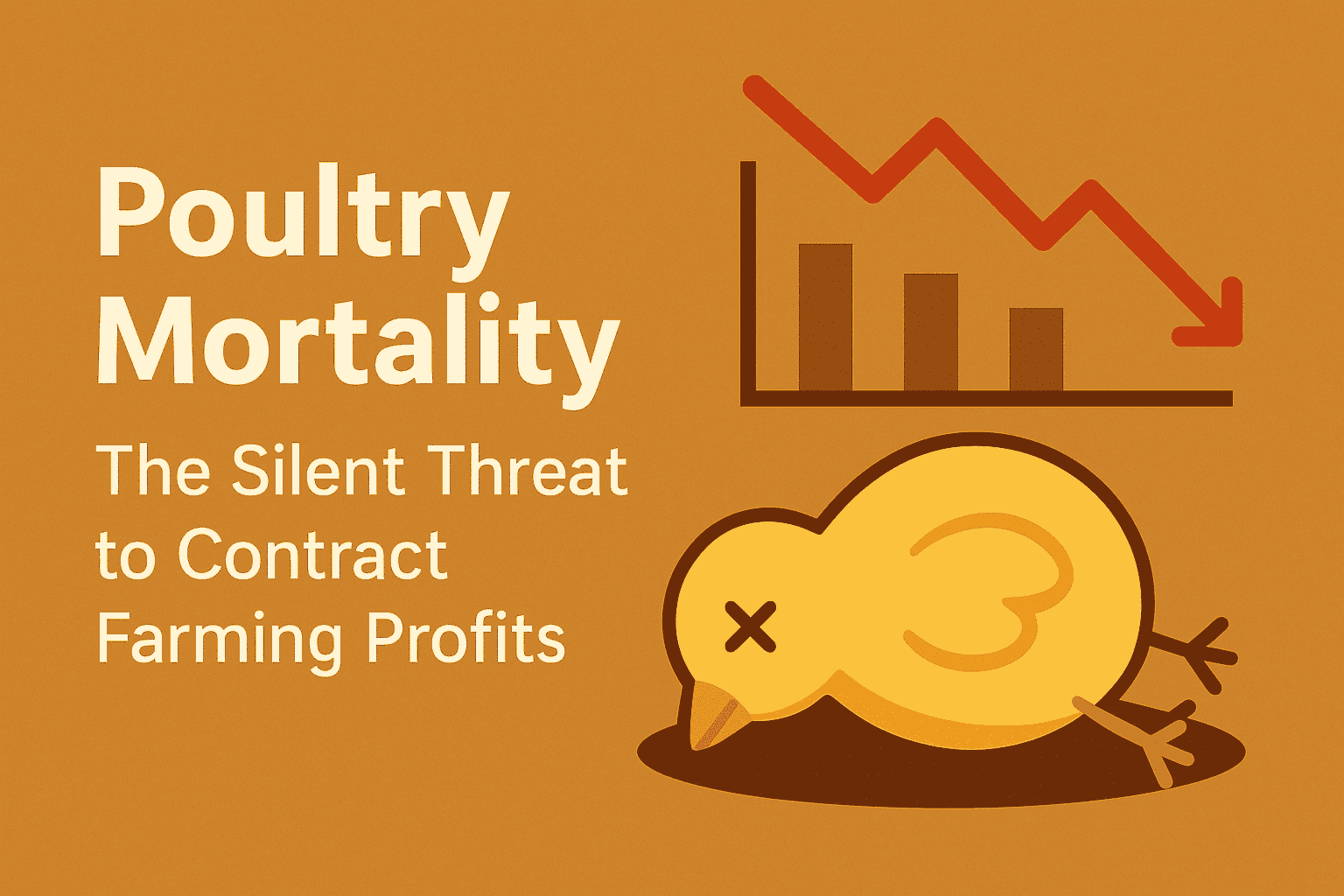Running a poultry feed mill is not just about producing quality feed but also about managing costs and setting the right prices that keep your business profitable. One crucial factor is understanding your production cost per kilogram of feed. This insight helps you set prices that cover your expenses, ensure profits, and stay competitive in the market. Based on my experience working closely with poultry farmers and integrating technology solutions, I have seen how mastering this cost calculation can transform your feed mill operations. This blog aims to guide you step-by-step on understanding and using production cost per kilogram to make smarter pricing decisions.
Why Knowing Production Cost Per Kilogram is Essential
Many poultry farmers struggle with pricing feed correctly because they do not have a clear picture of what it costs to produce one kilogram of feed. This can lead to underpricing or overpricing, which harms profitability or customer trust. Knowing the production cost per kilogram allows you to identify cost drivers, control wastage, and forecast better. It provides a realistic base to build your pricing strategies on and supports your negotiation with buyers and suppliers.
Components of Production Cost Per Kilogram
Breaking down the total cost into components helps you see where your money goes. Raw materials form the biggest part, but labor, electricity, maintenance, packaging, and transportation also add to the cost. Each of these expenses should be recorded accurately and allocated to the quantity of feed produced to get a true per kilogram cost. Understanding these components enables you to identify which areas can be optimized or controlled better to reduce overall cost.
How to Calculate Production Cost Per Kilogram Effectively
Start by gathering all cost data related to feed production over a given period. This includes purchase bills for raw materials, wage slips, utility bills, maintenance expenses, and packaging costs. Add these costs together and divide by the total feed produced during that time to get your cost per kilogram. Keep this data updated regularly to track changes and spot trends. Using spreadsheets or simple digital tools can make this process easier and less prone to errors. Training your team to record data consistently is also key to accuracy.
Using Production Cost Data for Pricing Strategies
Once you have accurate production cost per kilogram data, you can create pricing strategies that protect your profit margins. Set prices above your cost to cover overheads and earn reasonable profits. Analyze competitor pricing and market demand but never compromise on covering your costs. Consider offering different pricing tiers for bulk buyers or long-term contracts based on cost insights. Regularly reviewing your pricing in line with cost fluctuations helps you stay competitive and profitable even when raw material prices change.
Real-World Benefits of Cost-Based Pricing in Feed Mills
I have seen many poultry farmers who shifted to cost-based pricing after understanding their production cost per kilogram. They gained better control over their finances, reduced losses, and built trust with customers by being transparent about pricing. Some improved their procurement strategies and identified inefficiencies that helped reduce costs. Overall, adopting this approach made their feed mill business more sustainable and scalable.
Conclusion
Understanding production cost per kilogram is a game-changer for poultry feed mill owners. It equips you to price your feed accurately, control expenses, and plan for growth. By tracking all costs carefully and using the data to guide pricing decisions, you can improve profitability and build a stronger business. Start today by analyzing your costs and developing a pricing strategy that reflects the true cost of production.




